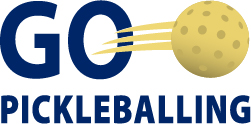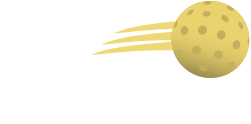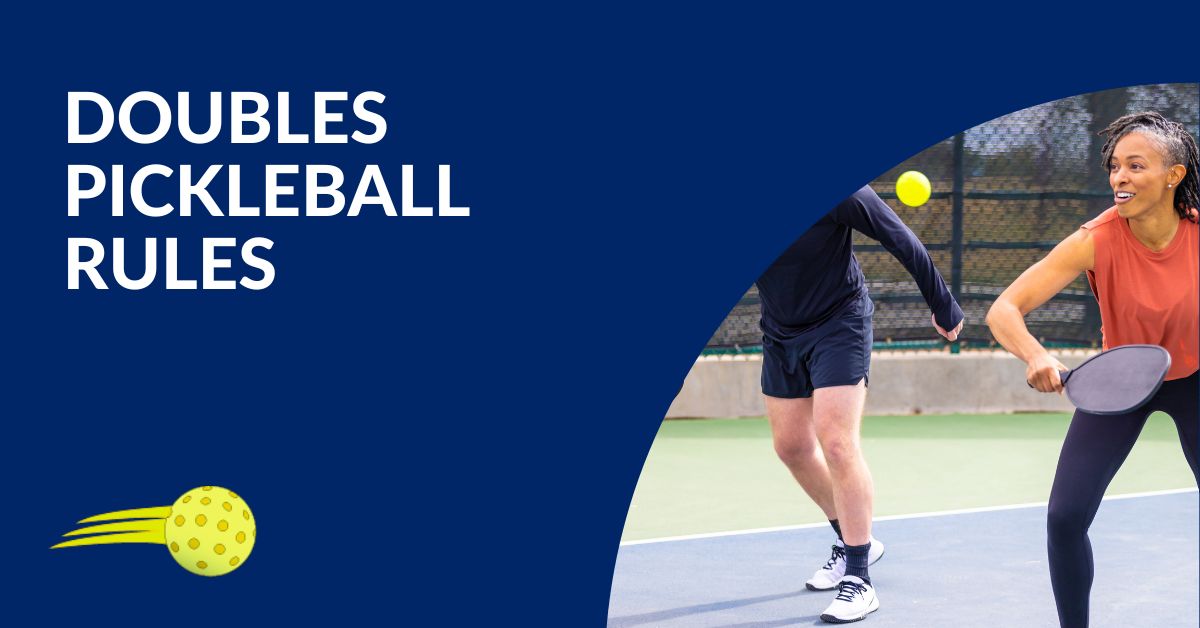Welcome to the exhilarating world of doubles pickleball! If you’re a beginner or looking to enhance your knowledge of this popular sport, understanding the rules is crucial for an enjoyable and fair gameplay experience. In this comprehensive guide, we will explore the rules of doubles pickleball, covering everything from scoring and serving to faults and court positioning. Let’s delve into the exciting world of doubles pickleball and enhance your understanding of the game.
Table of Contents:
- Scoring and Serving
- Rotation and Service Turns
- Court Positioning
- Serve Execution
- Double Bounce Rule and Subsequent Hits
- Let and Faults
- Non-Volley Zone Rule
- Ball Contact and Other Faults
Scoring and Serving:
Games are played to 11 points, with a requirement to win by 2 points. Only the serving team can score points, and if a fault is committed by the receiving team, the serving team earns a point.
Learn more about Pickleball Scoring
Learn more about the Pickleball Serve Rule
Rotation and Service Turns:
The server begins the game from the right side of the court. The first server continues to serve until a fault is committed, at which point the serve passes to the second server on the team. When the second server loses the serve, the serve transfers to the opposing team, and the player on the right serves first. This rotation pattern continues throughout the game.
Court Positioning:
To start the game, only one player on the first serving team has a service turn before the serve is turned over to the opponents. Afterward, both team members will have a service turn before the serve is turned over to the opponents. When a point is scored, the server and their partner switch sides of the court, while the receiving team remains on the same side.
Serve Execution:
The serve in doubles pickleball must be executed underhand, with the ball contacted below the server’s naval. Both feet of the server must remain behind the baseline while striking the serve, and neither foot may touch the baseline or the court until after the serve is struck. The serve must be aimed into the opponent’s diagonally opposite service area.
Double Bounce Rule and Subsequent Hits:
Following the serve, both the serve and the return must bounce before being hit (double bounce rule). Subsequent hits can be struck before or after the ball has bounced. However, the server has only one service attempt, except in the case of a let, where the ball hits the top of the net but still lands in the proper service court.
Let and Faults:
No player may strike the ball before it bounces when standing in the non-volley zone. If the ball contacts any part of the sideline or baseline, it is considered “in.” Hitting the ball into the net or out of bounds results in a fault. If the ball bounces twice before being hit, it is a fault for the receiver.
Non-Volley Zone Rule:
Players must not strike the ball before it bounces while standing in the non-volley zone, also known as the kitchen.
View the Official Non-Volley Zone Rules
Ball Contact and Other Faults:
If a player, their clothing, or their paddle touches the net while the ball is in play, it is considered a fault. Similarly, if the ball hits a player or their clothing, it results in a fault. Additionally, if the ball hits the ceiling, wall, or any other permanent object before landing in the court, it is considered a fault.
Congratulations! You have now gained a comprehensive understanding of the rules of doubles pickleball. Remember to follow these guidelines regarding scoring, serving, faults, court positioning, and ball contact to ensure a fair and thrilling game



